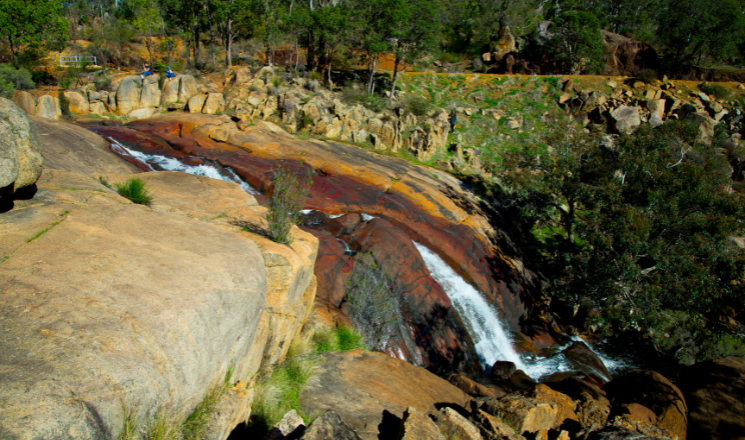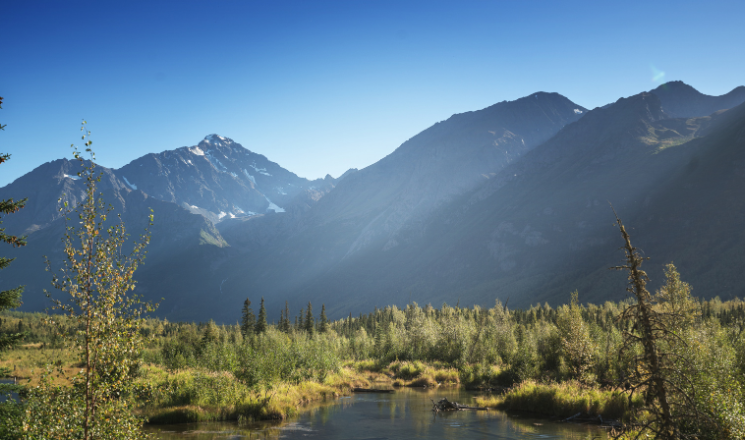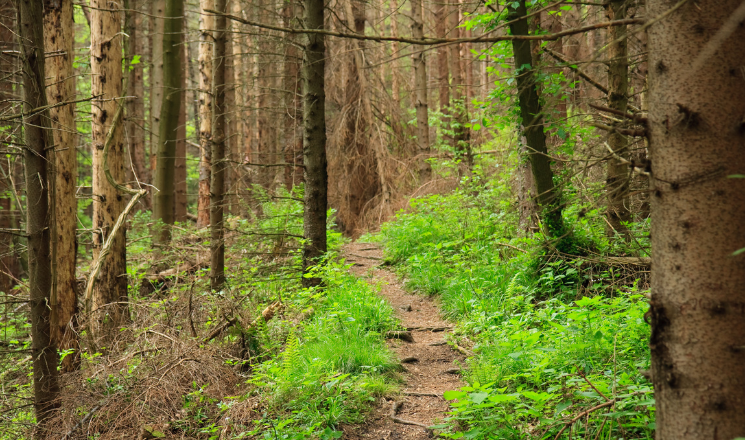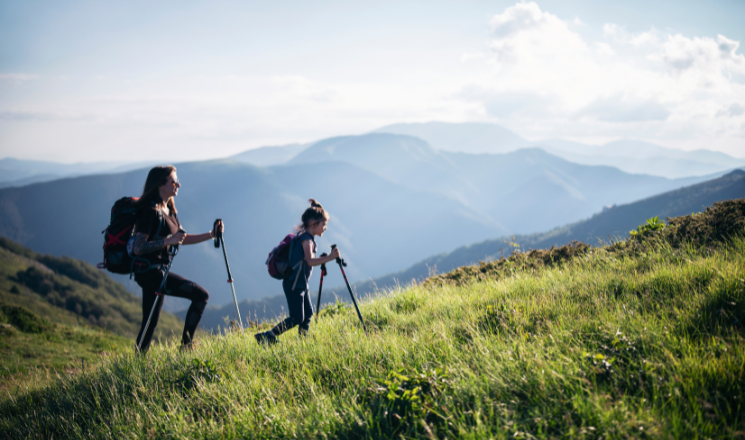Just 30 minutes from Perth, John Forrest National Park is home to some of Western Australia’s most underrated nature trails. While the main paths get plenty of foot traffic, the hidden hikes tucked away in the bushland offer something extra—peace, quiet, and the feeling of truly escaping into nature.
So, let’s lace up and uncover the secret side of this stunning national park. Whether you’re a local or visiting for the first time, you’ll quickly see why these trails deserve a spot on your bucket list. Moreover, they offer an escape from the ordinary, where nature takes the lead and your mind gets a much-needed break. In fact, as you step into these trails, you’ll notice how quickly the noise fades and serenity takes over.
Why Choose John Forrest Hikes?
When it comes to hiking near Perth, John Forrest is often on the radar—but only partially explored. While most visitors stick to the popular Railway Reserves Heritage Trail, there’s so much more waiting beyond those main tracks.

These hidden nature trails boast:
- Quieter routes for true solitude
- Untouched bushland teeming with birds and native wildlife
- Seasonal waterfalls and shaded gullies
- Uneven paths that give your legs a bit more of a challenge
Without a doubt, John Forrest hikes combine history, beauty, and quiet exploration. So, if you’ve walked the main trails before, it’s definitely time to discover something new.
1. Glen Brook Walk: A Peaceful Hideaway
You’ll find Glen Brook Walk right off the main picnic area, but surprisingly few people wander deep into it. It’s a moderate loop that weaves through paperbark groves and across small footbridges.

Here’s what to expect:
- A steady, shaded climb up to ridge views
- A small, almost hidden waterfall during the wetter months
- Blue wrens darting through the underbrush
- The soothing sound of Glen Brook trickling beside you
Though not marked as heavily as other tracks, it’s a genuinely magical loop that makes you feel like you’ve stepped into a painting. And if you’re lucky, you might even spot a bandicoot crossing your path.
2. Rocky Pool Trail: Wild and Wonderful
Tucked away from the main park entrance, Rocky Pool is less trafficked and more rugged. For seasoned hikers or adventurous souls, this uncommon gem is the perfect pick.

What makes it special?
- The trail dips into quiet ravines and opens to massive boulders and open sky
- After rainfall, the pool fills and glistens—an inviting, serene reward
- Kangaroos often rest in the surrounding bush
- Minimal signage gives it that real “discovery” feel
The loop runs about 5–6 km and offers a workout with a view. Since it’s more isolated, it’s a good idea to bring offline trail maps (try using AllTrails or TrailForks) just in case you lose reception.
3. Eagle View Trail: For the Dedicated Explorer
Although it’s the park’s longest hike, parts of Eagle View Trail remain untouched by crowds. Interestingly, you don’t have to do the full 15-kilometre loop to enjoy its best hidden corners.
Here’s a tip:
Start from the eastern access point, near Park Road. This less-used entrance avoids most hikers and offers early morning encounters with black cockatoos and shy wallabies.

Along this lesser-known portion of the trail:
- The path opens to sweeping valley views
- Tall jarrah trees provide cool cover on warm days
- Creek crossings add some fun, especially after rain
This section is ideal if you want a long stroll without bumping into others every five minutes. Moreover, it offers just enough solitude to clear your head.
4. Wildflower Trail: Best in Spring
If you’re planning a visit between late August and October, you’re in for a treat. John Forrest blooms with native wildflowers, and there’s one short trail that shows them off beautifully—the Wildflower Trail.
Even better?
Few people actually take this side loop. Most walkers pass it without noticing, yet it’s one of the most colourful, photo-worthy walks in the park during wildflower season.

Expect to see:
- Kangaroo paws, everlastings, and bright orchids
- Butterflies flitting through purple mulla mulla
- Birds nesting in the bushy surrounds
- Quiet picnic spots perfect for a midday pause
You can also use Seek by iNaturalist to identify local plant species while you walk—it’s an excellent tool for curious nature lovers.
Tips for Enjoying Hidden Trails

To make the most of these John Forrest hikes, keep a few things in mind:
- Start early: Wildlife is most active at dawn, and the lighting makes the landscape shine.
- Stay on trail (mostly): Some paths aren’t clearly marked, but always stay within park bounds.
- Pack light but smart: Bring water, light snacks, and a printed or downloaded trail map. Also, don’t forget sunscreen and a hat for extra comfort.
- Leave no trace: Take rubbish with you and avoid picking flowers or disturbing habitats. Plus, encourage others to do the same—it all helps.
- Check conditions: Some trails get muddy after rain or close during fire season. Therefore, checking alerts before heading out is always wise.
Even if you’re familiar with John Forrest, these hidden hikes will surprise you with their untouched charm. So next time, wander just a bit off the usual route. After all, you never know what beauty you’ll find just around the corner.
When’s the Best Time to Go?

Spring is unbeatable thanks to the burst of wildflowers and milder weather. However, early mornings in autumn or winter also offer crisp air and quiet trails, especially on weekdays.
Try to avoid mid-summer unless you’re hiking short distances in the early morning. The exposed sections get hot fast, and water sources can dry up. That said, sunrise hikes in summer can still be magical.
Great for Solo, Couples or Families

What’s wonderful about these hidden trails is how adaptable they are.
- Solo hikers love the peace and chance to spot animals
- Couples can enjoy a quiet escape without going too far from the city
- Families with older kids can take on the shorter loops or part of Eagle View for a fun bush day
If you want to track your steps or bird sightings, consider using eBird or Komoot. These tools also help you document and share your experiences with fellow nature lovers.
Final Thoughts: Don’t Miss These Underrated Paths
There’s something truly special about stepping onto a quiet trail, hearing only the wind and bird calls, and knowing that not many others have walked there that day.
These hidden nature trails around John Forrest National Park offer just that. They’re peaceful, scenic, and full of unexpected beauty. You don’t need a multi-day trek to feel reconnected to the wild—just a free morning and a sense of curiosity.
So, next time you plan a trip to John Forrest, skip the crowds and head for the quieter paths. After all, the best discoveries often happen in places others overlook. Besides, nature has a way of rewarding those who wander.
Chances are, you’ll leave feeling lighter, calmer, and completely refreshed.

